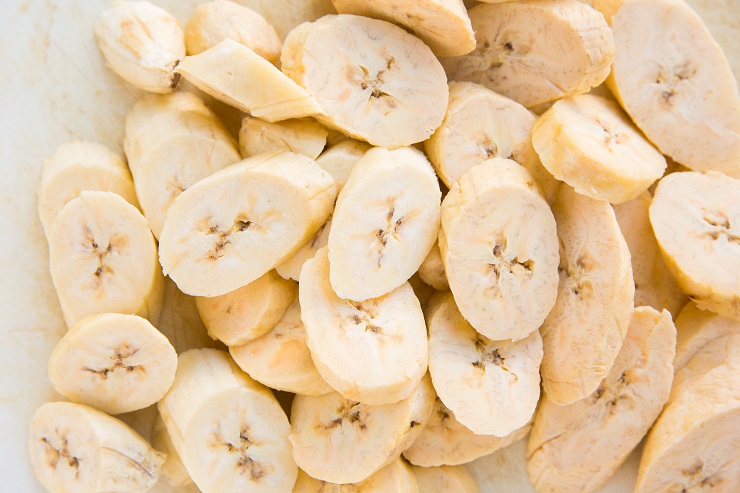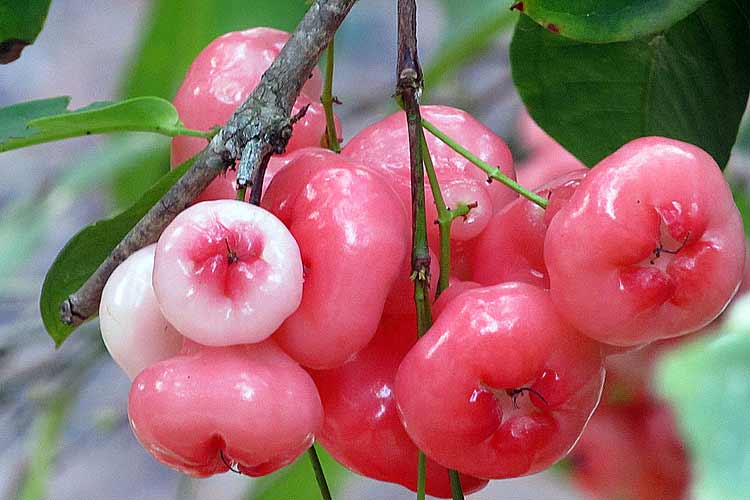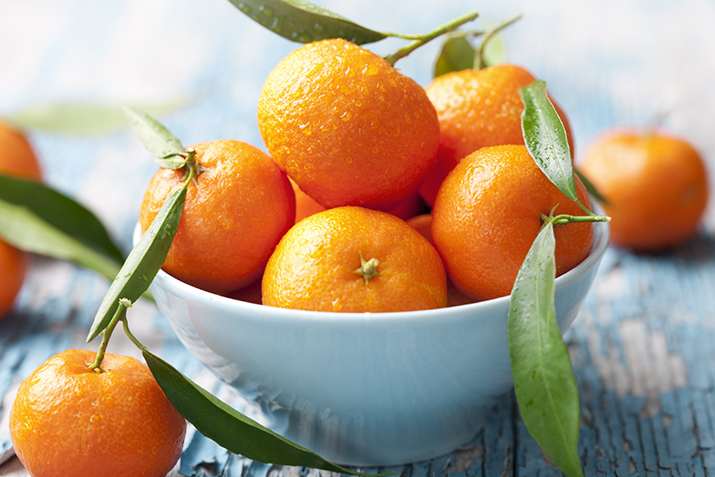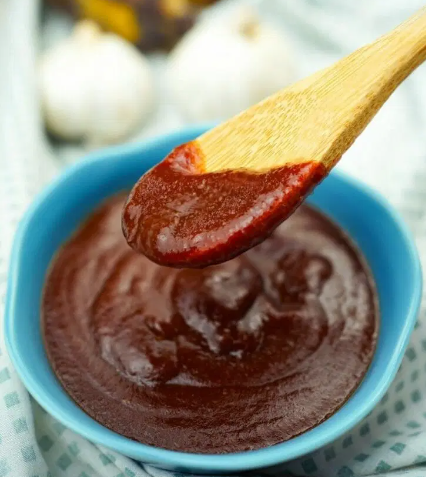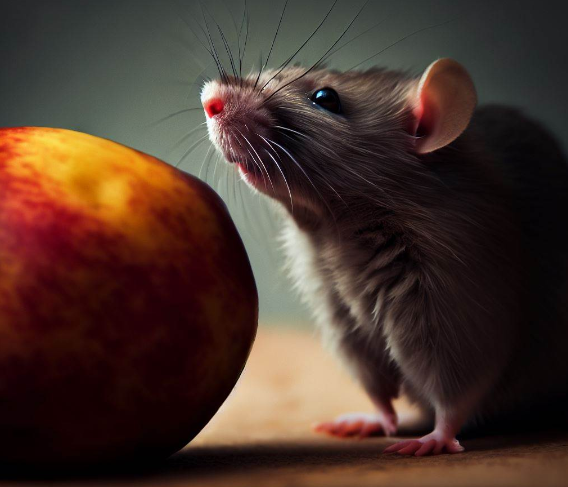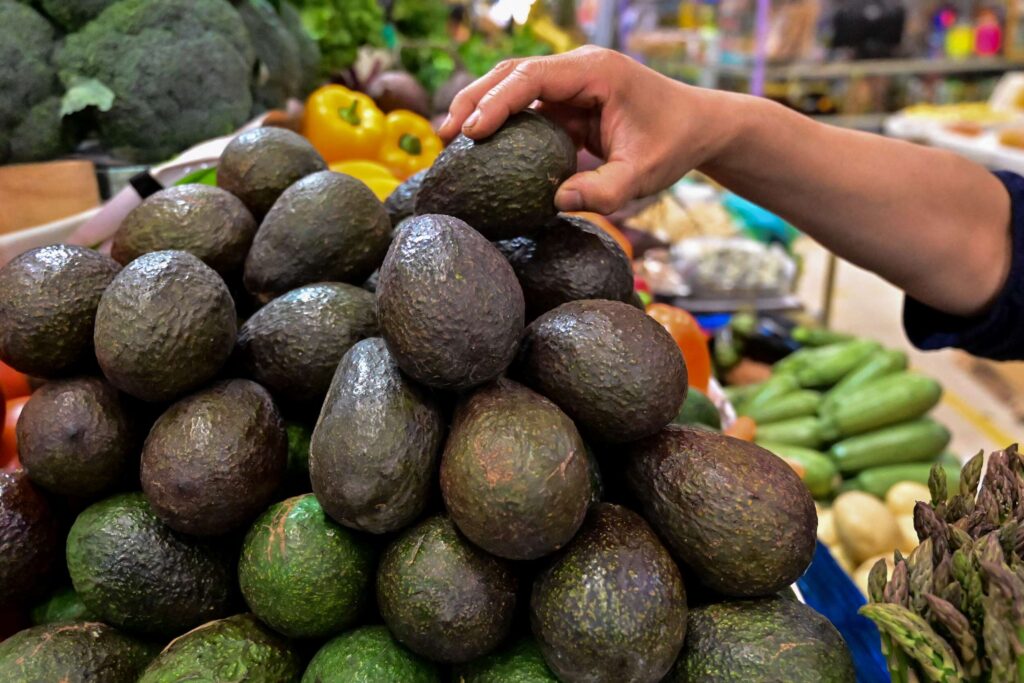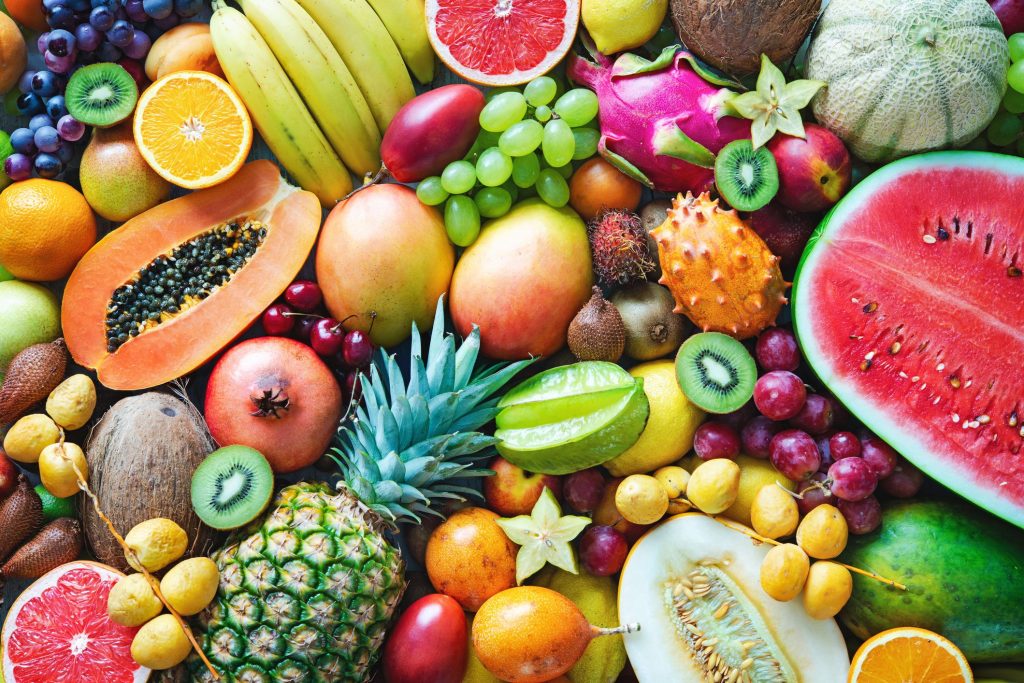Antigua and Barbuda is a charming country in the Caribbean with gorgeous beaches and a warm tropical climate. The nation is also proud of its cultural traditions. Among these is the selection of national symbols, like the national fruit. This article is all about the national fruit of Antigua and Barbuda. We’ll explore its background, significance, and the various ways it’s used.
Table of Contents
- National Fruit of Antigua and Barbuda Unveiled
- The Story Behind the Antigua Black Pineapple
- Why the Antigua Black Pineapple Matters
- Many Ways to Enjoy the Antigua Black Pineapple
- In Summary
- Frequently Asked Questions
- Why is the Antigua Black Pineapple called ‘black’?
- Can I get Antigua Black Pineapple all year?
- Do they sell Antigua Black Pineapple in other countries?
- What’s good about eating Antigua Black Pineapple?
- How can I add Antigua Black Pineapple to what I eat?
National Fruit of Antigua and Barbuda Unveiled
The Antigua Black Pineapple, known scientifically as Ananas comosus, is the national fruit of Antigua and Barbuda. This pineapple is very special to the country and is easily recognized by its sweet taste with a hint of tartness. Its skin is darker than usual, making it stand out.
The Story Behind the Antigua Black Pineapple
The story of this pineapple in Antigua and Barbuda goes way back. Some say Christopher Columbus brought the pineapple to the island on his second trip in 1493. Over time, it became a big deal in the island’s trade during the days when countries were colonies.
As time went on, the 20th century saw a decline in Antigua’s pineapple farming because other countries were doing it too. But even so, some farmers on the island kept growing the Antigua Black Pineapple, and it remained a local favorite.
Why the Antigua Black Pineapple Matters
The Antigua Black Pineapple isn’t just a fruit; it’s a symbol of the island’s cultural identity. It shows the strength and determination of Antiguan people who maintain their way of life even through tough times.
On top of that, it’s a valuable crop for the island’s farmers and plays a role in the economy. The fruit is also sent to other places, helping to bring in money for the country.
Many Ways to Enjoy the Antigua Black Pineapple
You can enjoy the Antigua Black Pineapple in many forms. It’s delicious eaten on its own, juiced, or used in food like sweet dishes and salads.
That’s not all. The pineapple plant’s leaves are also valuable. They’re used to make a traditional alcoholic drink called ‘pineapple wine’, a popular choice in the island and a significant part of Antigua’s cultural identity.
In Summary
The Antigua Black Pineapple isn’t just a national symbol; it’s a point of pride for the people of Antigua and Barbuda. Its unique taste and color make it a sought-after treat for both locals and visitors. The pineapple is much more than a tasty snack; it’s a celebration of the nation’s rich history and cultural wealth.
Frequently Asked Questions
Why is the Antigua Black Pineapple called ‘black’?
People call the Antigua Black Pineapple ‘black’ because of its darker outer skin. It’s not really black but it’s darker compared to other types of pineapples.
Can I get Antigua Black Pineapple all year?
The best time to get Antigua Black Pineapple is from May to August, it’s their season. Sometimes, a few farmers have them at other times also.
Do they sell Antigua Black Pineapple in other countries?
The Antigua Black Pineapple mainly grows in Antigua and Barbuda. However, it might be sold in a few other places because some producers do send the fruit overseas.
What’s good about eating Antigua Black Pineapple?
Eating Antigua Black Pineapple is great because it has lots of vitamin C, vitamin B6, and fiber. It’s also got special enzymes that help with digestion and keeping your skin and hair healthy.
How can I add Antigua Black Pineapple to what I eat?
You can eat it fresh, make juice, or put it in foods like desserts and salads. Or you could try making pineapple wine, a traditional Antiguan drink, with the plant’s leaves.
